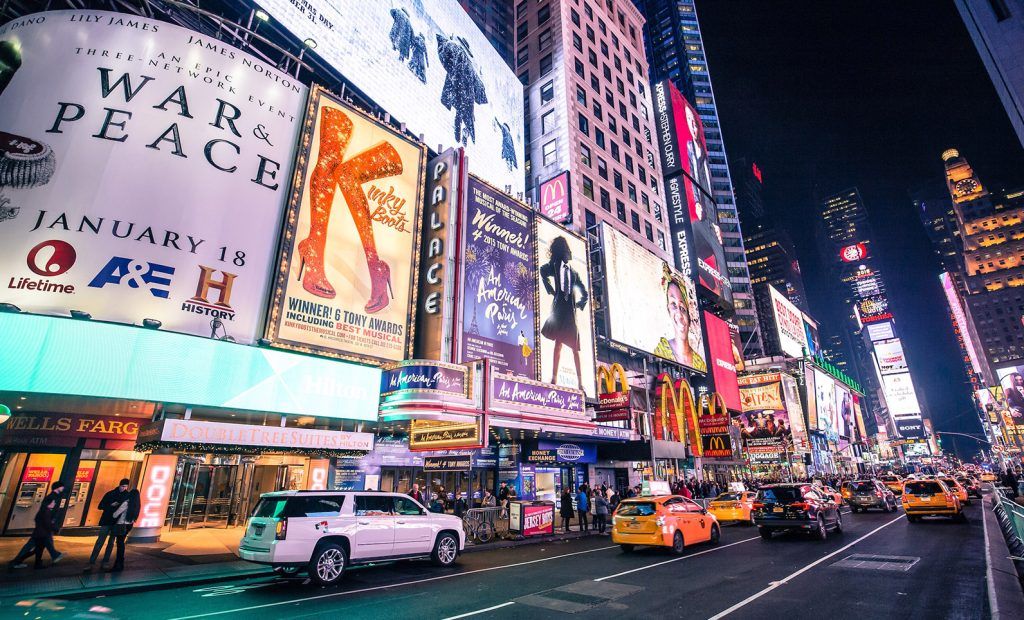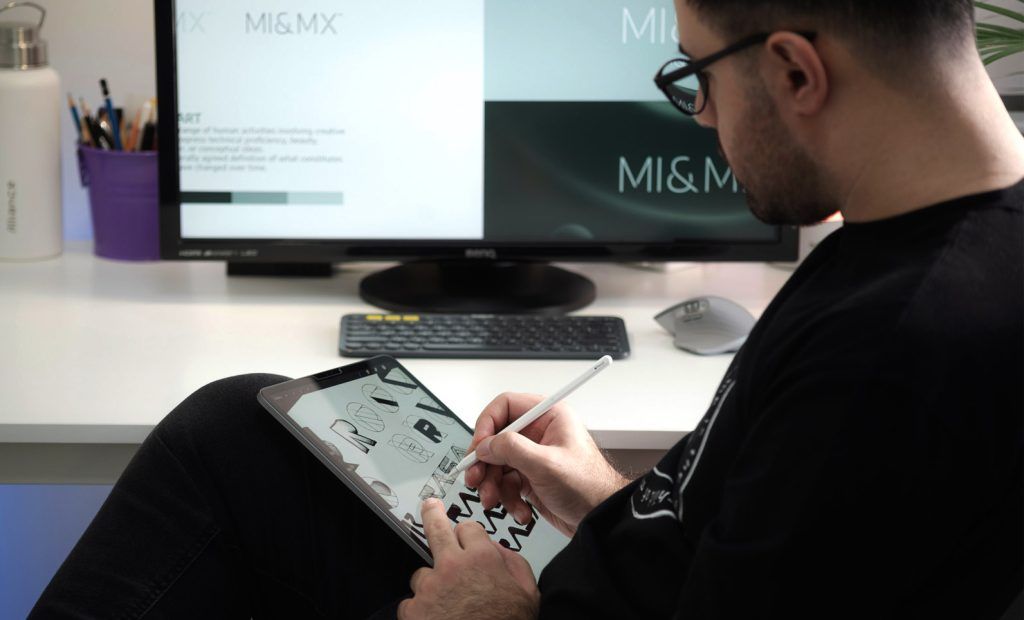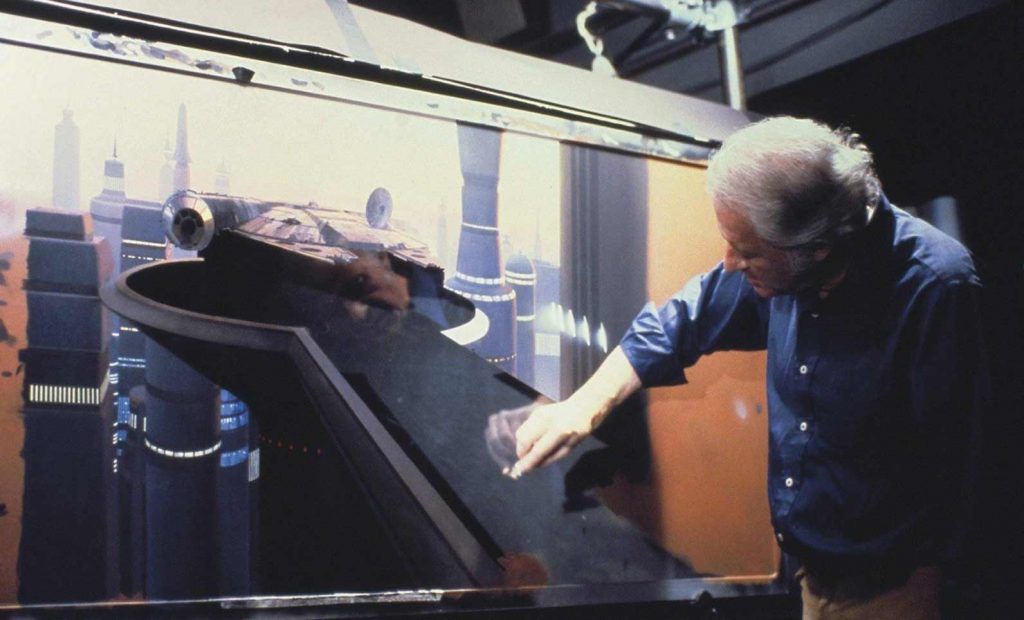We go out to the street and everything is design, the building in front of us, the traffic signals, the clothes we wear. Everything is designed to convey a message, solve a problem, or create an experience. Making life easier for people.
Nothing escapes design. Graphic design in particular is reflected, for example, when shopping at a supermarket, the packaging of all products has been designed to catch our attention, but other design aspects such as sustainability and product functionality must also be considered during the process.
Graphic design and its value in society
Graphic design is a form of visual communication that uses resources such as text, images, and other elements to convey information and ideas. As such, it is an important part of our culture, as it helps shape how we understand the world around us.
It is used in a wide variety of contexts, including advertising, branding, packaging, and web design, and plays an important role in shaping our visual culture.
Graphic design is influenced by cultural, social, and economic factors, and is constantly evolving as new technologies and trends emerge.
Some people argue that graphic design is a form of art, while others see it as a more functional discipline focused on solving communication problems. Regardless of how it is defined, graphic design is an integral part of our culture and plays a fundamental role in shaping our perception of reality.
Does society recognize the value of graphic design? Its importance in communicating a message and shaping our reality?
Lack of design culture in companies
The lack of culture in graphic design is a problem that we even face as employees for companies, which know the need for a graphic designer to stand out from the rest, but are unaware of the process.
This can be very frustrating because we come across job offers that are sometimes beyond red flags or worse, we find ourselves in a situation where we are nothing more than screen drawers, in which important decisions are made by people who have no training in design.
This situation is reflected in an article (in spanish) published by UIonMars about the reasons for leaving a job in the design area, in which the lack of design culture appears in third place, only below the lack of progression and a salary that is too low.

What does graphic design culture consist of?
Does society recognize the value of graphic design and its importance in communicating a message? I believe that it is now when society is starting to become aware of its real influence in getting the message across correctly, without distortions, and above all, having the impact and perception that we want.
This is mainly due to the lack of culture in this area for years. We think that graphic design is only about sitting in front of the computer with the right software tool, making a few adjustments, placing each element correctly within the composition, and little else. But behind every design, there is a lot of research, testing, analysis, and technical aspects that often go unnoticed. Hence the famous phrase “The best design is the one that is not seen.”
To change this paradigm, it is our responsibility to make known what a design process entails.
Due to the democratization of design tools and their relative ease of use, the graphic design profession has gone through a period of devaluation that is fortunately changing in recent years. What has happened to bring about this change?

What is the reason for this change in society?
This change is due to the great work done by professionals, those who defend the quality of a job well done against the demands of clients who want everything good, beautiful, and cheap.
Good results are ultimately achieved through a work process that we cannot alter to achieve it at a reduced price or in less time because, in the end, it will affect its effectiveness.
It is true that many companies cannot afford the cost of a complete design process, whether for a digital product or for the visual development of a brand. This does not mean that they do not have a design culture, perhaps their investment capacity is not enough to carry out a complete project development that guarantees good results. In these cases, we as designers must adapt to their needs, explaining the processes that we can carry out and those that we could do without due to budget adjustments, showing them how it will affect the final result.
The responsibility of designers to spread design culture
Designers have often had to deal with clients who know the need to invest in design for their business or personal brand because they can see it in successful projects but only focus on the superficial, purely visual aspects, not seeing the background behind the choice of a color palette, strokes, or a particular composition.
To change this paradigm, it is our responsibility to make known what a design process entails to break with the point of view that we only make pictures.
If society does not know, for example, what is behind the new Burger King logo and simply stays with the visually attractive appearance of the logo on supports such as a sign, motorcycles, or cardboard boxes, it will not be able to appreciate the work behind it, which is not just a logo, there is a much more important branding work, and the logo is just a small part of its visual expression. To get to this point, a lot of information has to be analyzed, decisions made, evaluated, and put to the test to check their viability.
Therefore, it falls on our shoulders the responsibility of giving voice to our profession so that society knows its value and how it impacts our daily lives. That is why initiatives such as this design podcast help and contribute that little bit to make graphic design culture a reality.
Categoría/s: Graphic design









Leave a Reply